Bodybuilding
YouTube Fitness Influencers to Subscribe to Right Now
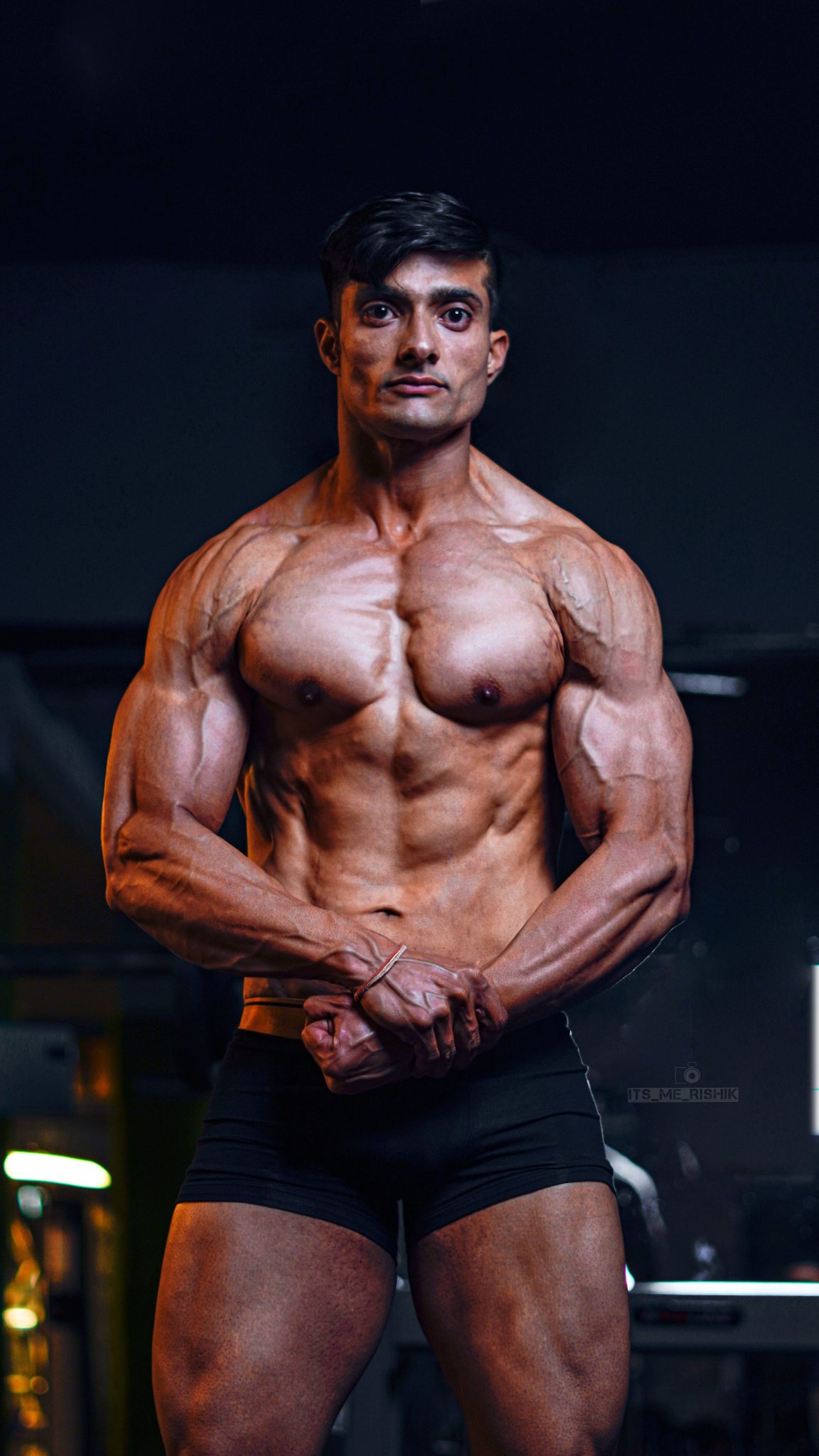
YouTube is a social media platform that Google owns, with millions of users around the world. It is designed to share and also watch online videos. It allows one to create and upload online videos to share with others. Over the years, this platform has grown to gain more users and subscribers who use this platform to share content created with various categories of subscribers. These youtube users can watch, comment, like, dislike, share, and upload their videos. YouTube Fitness Influencers.
YouTube fitness influencers have also used YouTube as a platform to share their fitness journey, tricks, and advice with their subscribers. Therefore, most users who cannot visit the gym physically can view the videos uploaded by their favorite YouTube influencers. To help them stay and maintain healthier lifestyles. YouTube fitness influencers are reaching millions of viewers worldwide with the help of YouTube channels. These fitness influencers are genuinely concerned with making us all fit and healthy other than making quick money.
Since the COVID-19 lockdown, this platform has been used extensively for keeping fit since people could not head to the gym physically. Many channels have been giving out quality fitness content for years. Listed below are some of the best YouTube fitness channels that one needs to subscribe to aid them in their fitness programs.
Related Article:: The 10 Best Fitness Products for 2020
Yoga with Adriene
This YouTube Fitness Influencer reached 10.2 million subscribers and joined YouTube on August 30, 2012. With 596 million views, Adriene's content mission is to give high-quality free yoga videos to connect so many people across the globe. Adriene has one of the most successful and viewed yoga channels.
Adriene's YouTube channel has featured various videos like Yoga for Beginners. For those viewers who are on the beginner level, the foundations of yoga to fit the goals of those who are continuing. Yoga for weight loss for those with a target of losing weight, and total body yoga. In Adriene's channel, everyone can find suitable content that fits their level and body type.
Fitnessblender
This YouTube Fitness Influencer has reached over 6.61 million subscribers and joined YouTube on January 19, 2010, with 1 billion views. FitnessBlender is a team of two, a husband and a wife (Daniel and Kelly). The FitnessBlender channel has content of more than 600 full-length quality workout videos for free. Their videos are added weekly for quality life, healthier lifestyles, and the body.
With these many available videos, one can find a workout of their preference. FitnessBlender’s priority is to share nutrition, health information, and workout with their viewers. They have a variety of workouts for beginners, middle-level, and those ready to step it up a notch. They also have a website about health, nutrition, and fitness. It helps viewers track their workouts and progress and create home workout programs.
Popsugar Fitness
POPSUGAR Fitness is a YouTube channel run by fitness expert Anna Renderer with over 5.8 million subscribers and 1.3 thousand videos and joined on November 21st,2010, with over 600 million views. Also, POPSUGAR fitness content provides viewers with fitness tutorials and exercises for those who want to lose weight, be fit, gain weight, and live a healthy lifestyle.
Using the workout videos on the channel, one can follow and work out alongside Anna Renderer, fitness enthusiasts, and Hollywood's most-known celebrity trainers. Her fitness content features exercises and trending workout classes like P90X, Victoria's secret exercise, Tabata, and Bar method. POPSUGAR's primary aim to her viewers is to help them on their journey to healthier lifestyles, lose and gain weight and relieve daily stress.
Blogilates
Blogilates is a fitness YouTube channel owned by this certified fitness trainer Cassey Ho who is known to be the most energetic person. Cassey Ho is an award-winning female fitness instructor who offers boot camp sculpting workouts on her YouTube.
Cassey Ho's channel has over 5.61 million subscribers and over 800 uploaded videos. She joined YouTube on June 13, 2009. She also offers POP Pilates videos and PIIT28 workouts on her YouTube channel. Cassey's viewers are continuously growing, and people are ready to use her workout calendars, tips, and tricks. Cassey's YouTube content focuses on how to burn fat, clean, healthy eating tips, and more.
Bradley Martyn
Bradley Martyn YouTube channel has over 2.95 million subscribers and has uploaded 1000 videos with over 335 million views. He joined YouTube on August 20, 2014. Bradley Martyn can post up to % of weekly videos covering everything, including grocery shopping and the most effective shoulder and back workouts. On Bradley's channels, he also posts workout videos where he workouts with other famous YouTube and Instagram Influencers.
On his YouTube channel, he uploads videos for beginners, advanced workouts, instructional how-to-dos, and questions and answers on fitness journeys and motivation to his subscribers and viewers. Bradley Martyn's YouTube channel is the right one for you if you want to improve your fitness journey, muscle gain, strength gaining, and shoulder and chest workouts.
Pamela Reifs
Pamela Reifs is a German-born fitness influencer on YouTube and a fitness model who began her fitness videos content when she was 16. Pamela's YouTube channel has over 7.74 million subscribers and has uploaded 126 videos with over 250 million views. Pamela joined YouTube on September 16, 2013. Pamela Reifs has uploaded fitness videos that have made her a famous brand ambassador for various fitness brands after becoming a fitness expert (FITSPO) for her posts as an Instagram fitness model.
Also, Pamela is a famous YouTuber and Model who shares her workout content on leg workouts, abs exercises, workouts that burn calories, and more. Pamela Reifs also has a playlist on her content that helps one to find the workouts that they would prefer to do. Pamela's workouts range from beginner-friendly, intense, home-based, and live. Besides YouTube, Pamela published her first book, Strong and Beautiful, in 2017.
Matt Does Fitness
Matt Does Fitness is a YouTube fitness influencer with over 2.9 million subscribers and over 1.2 thousand videos. He joined YouTube on March 20, 2013, with over 200 million viewers. Matt's fitness content focuses on bodybuilding, eating a lot of food, and his lifestyle vlogs. On matt does fitness channel, there is his series called “bodybuilder tries.” He does workouts outside his comfort zones, such as pole dancing or CrossFit.
Matt does fitness is a famously known YouTube influencer for fitness who has partnered with big fitness brands like Gym Shark and My Protein. He also tries other challenges that involve eating, where he exchanges diets with other fitness experts. His family members create awareness about different eating habits and how they relate to fitness. These challenges are; the”100000 calories in 24 hours challenge” or eating 5000 calories in 24 hours of fruits and vegetables.
The Fitness Marshall
This YouTube fitness influencer has 3.3 million subscribers and uploaded over 290 videos with over 370 million views. The fitness marshal joined YouTube on September 11th,2014. The fitness marshal uploads dance workouts to hit songs like Lizzo, Lady Gaga, Dua Lipa, and many more on his YouTube channel.
Caleb Marshal also uploads videos called 'sweet sessions' where viewers can work out with the "Booty Army" for like 20 minutes to 1 hour! Depending on the viewer's goals. You are also involved in cardio-heavy workouts when dancing to your hit pop songs. That will keep you moving and fit to achieve your fitness goal.
Scotthermansfitness
Scott Herman is a YouTube fitness influencer with more than 2.53 million subscribers to his fitness channel. He has uploaded more than 1.7 thousand videos on his channel. He has over 450 million views on his channel and joined YouTube on May 25, 2009. Scott Herman dedicates to providing quality fitness videos that help his viewers to maximize their gains.
Depending on your fitness goals like muscle gain, loss of fat, and building strength Scott has a video that suits you. He uploads fitness videos twice weekly on Tuesdays and Thursdays to give his subscribers more gains and workouts. Videos on his YouTube channel are about building arm and leg muscles and chest growth. He has an online community on his web page, which one can join to gain all the fitness guidelines. His YouTube channel has a custom meal plan or a program for fat loss, strength, and muscle growth.
Conclusion
YouTube is the best online platform for your fitness goals, like building muscles, keeping fit, and maintaining healthier lifestyles. If you cannot access the gym physically, fitness influencers upload videos daily to give you quality workouts—exercise guidelines to help you achieve your body goals. You should subscribe, share, and comment to motivate and support fitness influencers. Also, watch their videos often because it pays and supports their channel.
Bodybuilding
Mastering Bodybuilding in 2025: Top Fitness Tips for Success

Bodybuilding is more than just a sport; it's a lifestyle that requires dedication, discipline, and a thorough understanding of fitness principles. As the world of fitness continues to evolve, bodybuilders must stay updated with the latest trends, techniques, and scientific advancements to achieve their goals. In 2025, several innovative approaches are redefining bodybuilding. Here are essential fitness tips for bodybuilders to excel this year.
Read More: Bodybuilder Winter Clothing: Staying Warm and Stylish
Embrace Technology-Driven Workouts
In 2025, technology plays a significant role in bodybuilding. Wearable devices, fitness apps, and virtual reality (VR) training are now integral components of an effective workout regimen.
Wearable Devices
Modern wearables track everything from heart rate and sleep patterns to muscle activation and caloric expenditure. Utilize these devices to monitor your progress and make data-driven adjustments to your training and nutrition plans.
Fitness Apps
Leverage fitness apps for customized workout plans, progress tracking, and virtual coaching. Many apps now incorporate artificial intelligence to provide personalized feedback and recommendations.
Virtual Reality Training
VR technology offers immersive workout experiences, allowing bodybuilders to simulate different training environments and scenarios. This can enhance motivation and add variety to your routine.
Focus on Functional Strength
While hypertrophy (muscle growth) remains a primary goal, functional strength is gaining importance. Functional strength training improves overall performance, reduces the risk of injury, and enhances daily activities.
 Check Out Our1 4 Weeks Quality Strength & Lean Muscles
Check Out Our1 4 Weeks Quality Strength & Lean Muscles
Compound Movements
Incorporate compound exercises like squats, deadlifts, and bench presses. These movements engage multiple muscle groups and joints, promoting balanced strength development.
Core Stability
Prioritize exercises that strengthen the core, such as planks, Russian twists, and leg raises. A strong core supports better lifting mechanics and reduces the risk of lower back injuries.
Optimize Nutrition for Muscle Growth and Recovery
Nutrition is the cornerstone of successful bodybuilding. In 2025, the focus is on personalized nutrition plans tailored to individual needs and goals.
Protein Intake
Ensure adequate protein intake to support muscle repair and growth. Aim for 1.6 to 2.2 grams of protein per kilogram of body weight per day, depending on your training intensity and goals.
 Click Here to Buy SynthaTrope By SynthaPharma
Click Here to Buy SynthaTrope By SynthaPharma
Nutrient Timing
Pay attention to nutrient timing to maximize muscle recovery and growth. Consume protein and carbohydrates within 30 minutes post-workout to replenish glycogen stores and kickstart muscle repair.
Supplements
Utilize supplements wisely. Creatine, branched-chain amino acids (BCAAs), and omega-3 fatty acids are popular choices for enhancing performance and recovery.
Prioritize Mental Health and Mindfulness
Mental health is increasingly recognized as a critical component of overall fitness. Incorporating mindfulness practices can improve focus, reduce stress, and enhance performance.
Meditation
Incorporate meditation into your daily routine to reduce stress and improve mental clarity. Mindfulness meditation can enhance your mind-muscle connection during workouts.
Visualization
Use visualization techniques to mentally rehearse your workouts. Visualizing successful lifts and achieving your goals can boost confidence and motivation.
Rest and Recovery
Prioritize rest and recovery to prevent burnout and overtraining. Ensure you get 7-9 hours of sleep per night and incorporate rest days into your training schedule.
Leverage Advanced Training Techniques
Advanced training techniques can help break through plateaus and stimulate muscle growth. In 2025, several methods are gaining popularity among bodybuilders.
Blood Flow Restriction (BFR) Training: BFR involves restricting blood flow to the muscles during low-intensity exercises. This technique can enhance muscle growth and strength without the need for heavy weights.
Eccentric Training: Focus on the eccentric (lowering) phase of exercises. Eccentric training can stimulate greater muscle damage and growth compared to traditional concentric movements.
Periodization: Implement periodization into your training plan. Varying the intensity, volume, and type of exercises can prevent plateaus and ensure continuous progress.
Incorporate Recovery and Mobility Work
Recovery and mobility are essential for preventing injuries and maintaining optimal performance. In 2025, bodybuilders are paying more attention to these aspects of training.
Foam Rolling and Myofascial Release: Use foam rollers and massage balls to release muscle tightness and improve flexibility. Regular myofascial release can reduce soreness and enhance recovery.
Stretching: Incorporate dynamic stretching before workouts and static stretching after workouts. Stretching improves range of motion and prevents muscle imbalances.
Cryotherapy and Hydrotherapy: Explore recovery techniques like cryotherapy (cold therapy) and hydrotherapy (water therapy) to reduce inflammation and accelerate muscle recovery.
Engage in Continuous Learning and Community Building
The fitness industry is constantly evolving, and staying informed is crucial for success. Engage in continuous learning and connect with the bodybuilding community for support and motivation.
Educational Resources: Read books, watch videos, and attend seminars to stay updated on the latest research and trends in bodybuilding.
Community Engagement: Join online forums, social media groups, and local bodybuilding clubs. Sharing experiences and knowledge with fellow bodybuilders can provide valuable insights and encouragement.
Professional Guidance: Consider working with a certified personal trainer or coach. Professional guidance can help you optimize your training and nutrition plans, ensuring you're on the right track.
With your FB Plus subscription or active FB Plus Pass, you now have access to 124 weeks of our most popular workout programs, which typically sell for $10-$30 each. Additionally, our popular 4-week Meal Plan is included. This is on top of the 38 Challenges and Programs that are already available to Plus members.
We've also introduced a new feature that many of you have requested. To assist you in choosing your next program, you can now preview each day of any program from its detail view. This feature lets you see all the included workout videos and content before you schedule it, ensuring you know exactly what to expect.
Conclusion
In 2025, bodybuilding is more than just lifting weights; it's a holistic approach to fitness that encompasses technology, nutrition, mental health, and advanced training techniques. By embracing these fitness tips, bodybuilders can achieve their goals, stay injury-free, and enjoy a fulfilling fitness journey. Remember, consistency and dedication are key to success in bodybuilding. Stay committed, keep learning, and most importantly, have fun on your path to becoming the best version of yourself.
Bodybuilding
Top Video Games for Bodybuilders in 2025

There are several video games that can be great for bodybuilders, combining fitness and fun! Here are some of the best options:
Ring Fit Adventure (Nintendo Switch)
The game uses the Ring-Con and Leg Strap to guide you through various exercises and adventures. It's a fun way to get a full-body workout while playing a game.
Fitness Boxing 2: VR Boxing Remastered (PlayStation VR)
It offers a full-body boxing workout with a variety of punches and combos. It's a great way to improve your fitness while enjoying a virtual boxing experience.
Must Read: Marvel-Inspired Training Clothing on Amazon
Just Dance 2024
This popular dance game gets you moving to the beat with a variety of songs and dance routines. It's a fun way to burn calories and improve your coordination.
Zumba Fitness
Burn It Off (Nintendo Wii): This game offers a fun and energetic Zumba workout, perfect for those who enjoy dancing and want to get a good cardio workout.
Yoga for Beginners
If you're looking for a more relaxing workout, yoga games can help improve flexibility and reduce stress. Many of these games offer guided yoga sessions that you can follow along with.
Gym Tycoon
This game lets you build and manage your own gym, complete with various workout equipment and fitness classes. It's a great way to learn about different exercises and how to create effective workout routines.
The Sims 4: Fitness Stuff Pack
This expansion pack for The Sims 4 adds fitness equipment and activities to the game, allowing you to improve your character's fitness and join the athlete career.
Grand Theft Auto: San Andreas
While not a traditional fitness game, this classic game includes bodybuilding activities that can help your character gain muscle and improve fitness.
Knockout Home Fitness (Nintendo Switch)
This game offers a variety of boxing workouts that can help improve your strength and endurance.
Gym Simulator 24 (PC)
In this simulation game, you can build and manage your own fitness empire, creating workout routines and managing gym equipment.
Let's Get Fit (Nintendo Switch)
This game focuses on pure workouts, allowing you to set programs and follow along with digital trainers for a customized fitness experience.
Beat Saber (VR)
A popular VR game where you slash blocks to the beat of the music, providing an intense full-body workout.
Synth Riders (PlayStation VR)
This game combines freestyle dance and fitness, offering high-tempo tracks and multiplayer modes for a fun and energetic workout.
Yoga Master (PlayStation)
Designed by professional yoga coaches, this game offers a variety of yoga lessons and poses to improve flexibility and reduce stress.
Les Mills Bodycombat (PlayStation VR)
A martial arts-inspired workout game with a range of workout plans and coaching to keep you motivated.
OhShape Ultimate (PlayStation VR)
This game provides a full-body cardio workout with six sessions and two difficulty levels, designed to engage every part of your body.
These games offer a mix of cardio, strength, and flexibility workouts, making them great additions to your fitness routine.
Related Article: Supplemental Breast Milk for Bodybuilders
Bodybuilding
2nd Edition of Natural Bodybuilding Competition Facts
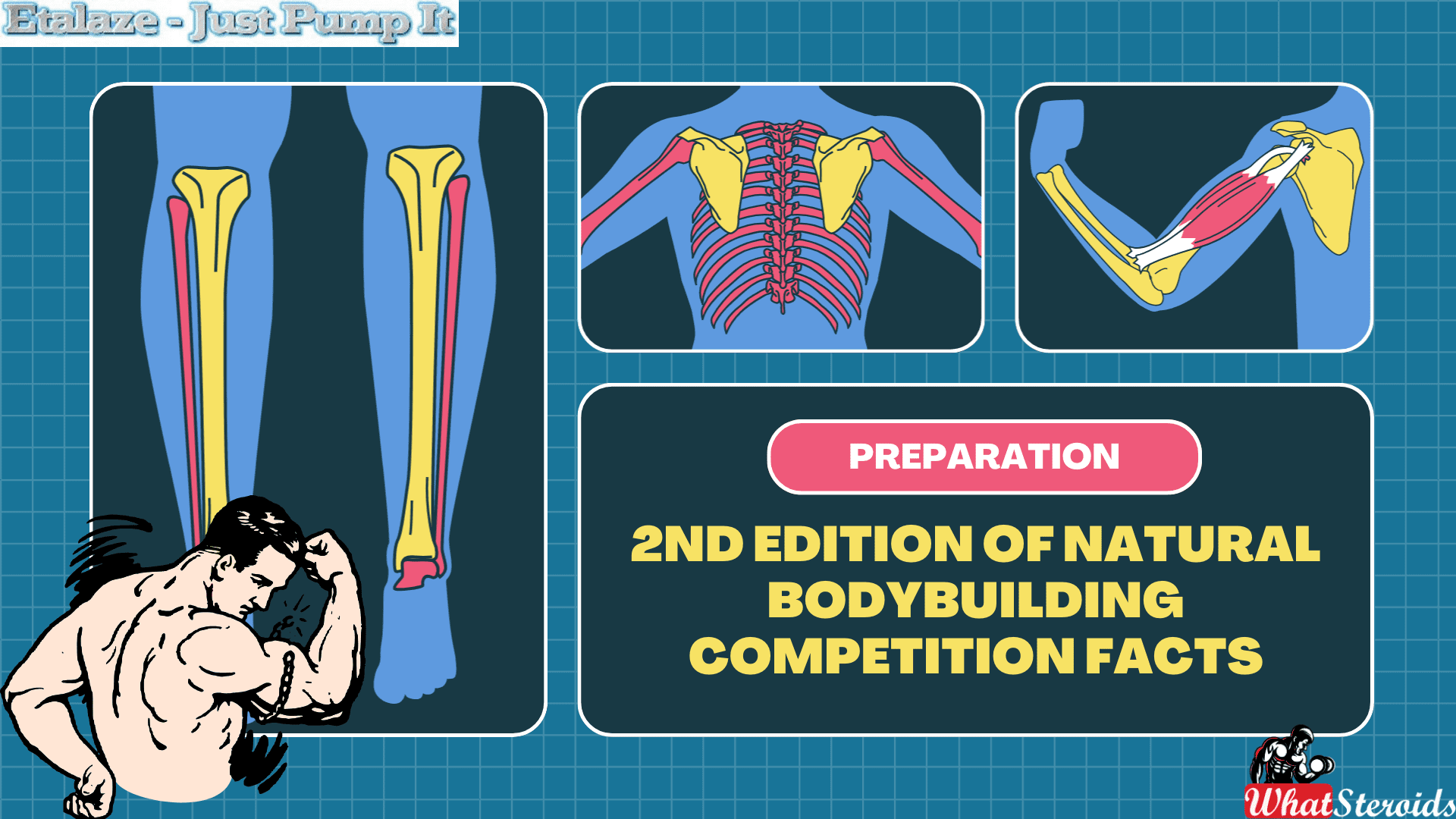
Natural bodybuilding competitions are designed to promote and celebrate athletes who build their physiques without the use of performance-enhancing drugs. These events emphasize fair play, health, and the natural development of muscle mass and definition.
The second edition of natural bodybuilding competitions has gained momentum globally, particularly focusing on drug-free athletes. These competitions are hosted by various organizations like the INBA/PNBA (International Natural Bodybuilding Association/Professional Natural Bodybuilding Association) and OCB (Organization of Competitive Bodybuilders).
In 2024, several notable events have been planned, including the INBA Natural Universe and INBA World Cup, both of which emphasize natural bodybuilding through rigorous drug testing policies. These events aim to showcase competitors who adhere to strict drug-free protocols, and winners often earn pro cards allowing them to compete in higher-level professional competitions.
These competitions focus on categories like men's bodybuilding, classic physique, and women's figure and bikini, among others. Athletes undergo polygraph and urine tests to ensure compliance with natural bodybuilding standards. The winners often receive medals, trophies, or pro status
-

 Steroids2 years ago
Steroids2 years agoVOX Testing: Why Bodybuilders Must Have It Tested Regularly
-

 Steroids2 years ago
Steroids2 years agoShavers and Other Body Grooming Equipment for Bodybuilders In 2023
-

 Steroids2 years ago
Steroids2 years agoChatGPT and Other Avenues to Find Great Bodybuilding Coaches
-

 Steroids2 years ago
Steroids2 years agoBest Oil Recommendations Before Competition for Subtle Shimmer
-

 Steroids2 years ago
Steroids2 years agoPowerlifting Vs Power Building: Find Out the Big Difference and When to Shift Between the Two
-

 Anabolic Steroids1 year ago
Anabolic Steroids1 year agoLegality of Anabolic Steroids In Latin America
-

 Nutrition1 year ago
Nutrition1 year agoEverything Nutritional Food: What’s Too Much Or Too Little
-

 Beginners2 years ago
Beginners2 years agoTren Cycle for Beginners
-

 Bodybuilding Products12 months ago
Bodybuilding Products12 months agoTelmisartan In Bodybuilding: An Expert’s Advice
-

 Bodybuilding1 year ago
Bodybuilding1 year agoList of FDA-Approved Peptides
-

 Bodybuilding2 years ago
Bodybuilding2 years agoCompetition Prep Cycle for Pro Bodybuilders
-

 Anabolic Steroids10 months ago
Anabolic Steroids10 months agoHow Much Do You Know About B-AET? A Fat Burner You’ve Been Missing
-

 Bodybuilding1 year ago
Bodybuilding1 year agoChia Seeds in A Bodybuilder’s Diet: An Expert’s Advice
-

 Steroids11 months ago
Steroids11 months agoAnadrol Cycle: Benefits, Doses, Alternatives, etc.
-

 Bodybuilding7 months ago
Bodybuilding7 months agoPrimal Movements: Our Ultimate Guide for Maximum Results
-

 Anabolic Steroids8 months ago
Anabolic Steroids8 months agoJoint Stiffness: How to Manage It While on AAS
-

 Product Reviews10 months ago
Product Reviews10 months agoTop Vitamins for Skin Health
-

 Steroids10 months ago
Steroids10 months agoMajor Bodybuilding Peptides Explained
-

 Steroids9 months ago
Steroids9 months agoOmnitope (Oxytocin)
-

 Bodybuilding1 year ago
Bodybuilding1 year agoHow Much Is Too Much Cardio? Understanding Heart Rate Zones
-

 Bodybuilding9 months ago
Bodybuilding9 months agoHormone Replacement Therapy (TRT) Cycle Guide
-

 Anabolic Steroids1 year ago
Anabolic Steroids1 year agoStart The New Year Strong With These Tips
-

 Bodybuilding8 months ago
Bodybuilding8 months agoHow Effective is Bone Broth for Recovery?
-
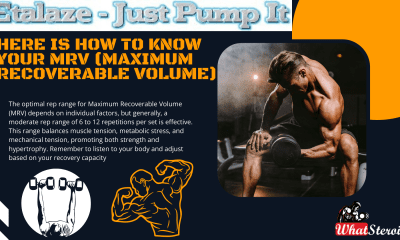
 Bodybuilding10 months ago
Bodybuilding10 months agoHere Is How To know Your MRV (Maximum Recoverable Volume)
-

 Steroids1 year ago
Steroids1 year agoTrenbolone: Why it Remains A Beast In the Market

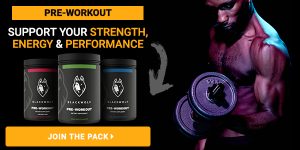

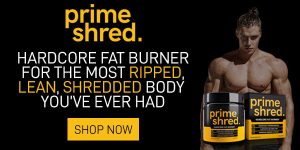


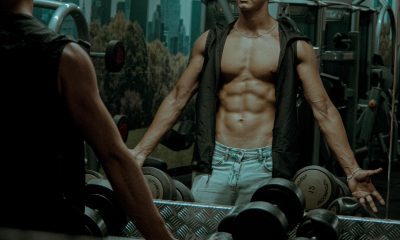

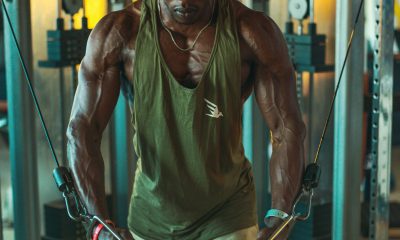

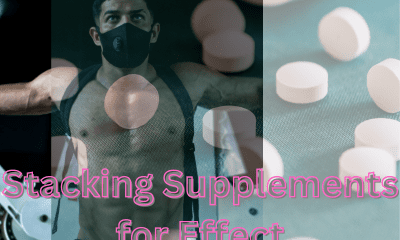

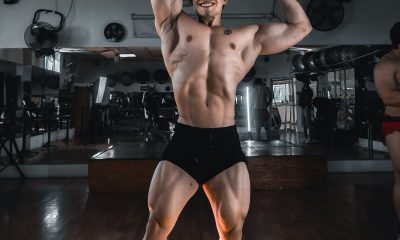




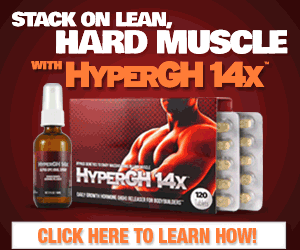
 Click here to buy 1-Test Cyp/DHB 100 by Dragon Pharma
Click here to buy 1-Test Cyp/DHB 100 by Dragon Pharma









